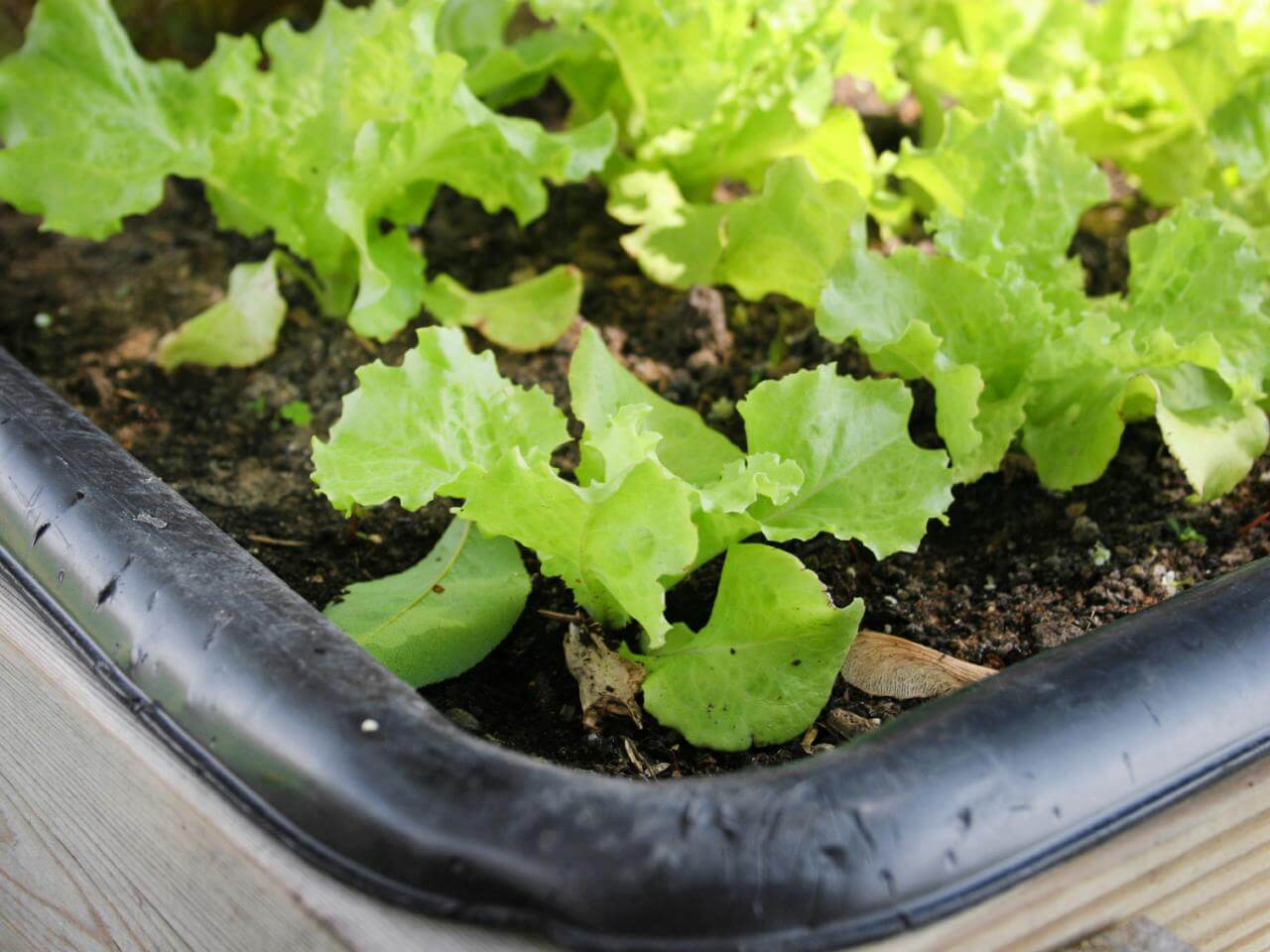Trying to set up a more sustainable (and affordable) way to grow food in your home? Even during the winter months when it seems like nothing can grow outside? Well fear not, this article has you covered. Here’s the lowdown on what you can grow in your indoor garden for fall. The green way to sustainable living is here.
”A garden must combine the poetic and the mysterious with a feeling of serenity and joy.” - Luis Barragan
Kale

The health food kale is actually very good about growing indoors. Simply plant a few seeds in a medium sized pot and cover with about a half inch of soil. Keep the soil moist and thin and the plant will start growing in no time. You can harvest the larger leaves and keep the smaller ones for reproduction. This is indoor gardening beginners can really get behind. Uses for kale include:
- Salads
- Shakes
- Garnishes
- Soups
- Chips
- Garlic roasted kale
Scallions

Scallions are so easy to take care of that you can actually, literally grow them by accident. If you leave fresh garlic cloves in the fridge for too long, they will start to sprout garlic scallions out the top. Just put that in a pot with some soil and harvest at will. Otherwise these green onions make a great addition in your indoor garden for fall.
Arugula

Arugula grows best in a sunny windowsill when you place a few seeds in a small pot and water it. This spicy plant can complement many foods and if transferred to a garden, can ward of pests. It’s just a great veggie to keep around. Again, you can get multiple harvests simply by taking the larger leaves and leaving the smaller ones.
Carrots
This one requires a deeper pot, but yields more satisfying results. Set up a pot at least 8-12 inches tall with soil. Plant the seeds about a half an inch down. Moisten the seeds without keeping them wet, and keep in a sunny window. Make sure the carrots a 1/4th an inch apart from their neighbors. Replant every two weeks for an indoor vegetable garden system.
Lettuce

Simply look for specially marked “cutting” or “leaf” lettuces. You’ll be able to harvest a few leaves every now and then, giving you more, fresher lettuce for less money or work! Lettuce is perfect for indoor greenhouse gardening.
Did you know that the cost of hiring a lawn care specialist ranges based on where you live? For example, in Chicago, IL, it can cost an average of $80 while in Baltimore, MD it can cost an average of $69. Want a more accurate estimate for free? Get in touch with a landscaper near you!
Tomatoes

These plants are slightly trickier to maintain because they grow tall and need a lot of sunlight. It’s usually best to give them the best seat in the house near the window to maximize the amount of sun they get, and it’s probably not a bad idea to use fertilizer. Otherwise tomatoes can last a while indoors. Even though it’s the off season, tomatoes are a great indoor garden for fall.
Ginger
Place a ginger root in a shallow, wide container and just barely top it with soil. Keep everything moist. These are the only indoor gardening techniques you need to grow ginger.
Want to optimize your kitchen for indoor gardening? Why not get a free estimate from a local kitchen remodeling pro?
Continue Reading:
- 7 Creative DIY Indoor Herb Garden Designs You're Sure to Love
- Composting your Way to a Healthy Garden
- Simple Landscape Accents That Will Beautify Your Garden
- Start An Organic Garden In 8 Simple Steps